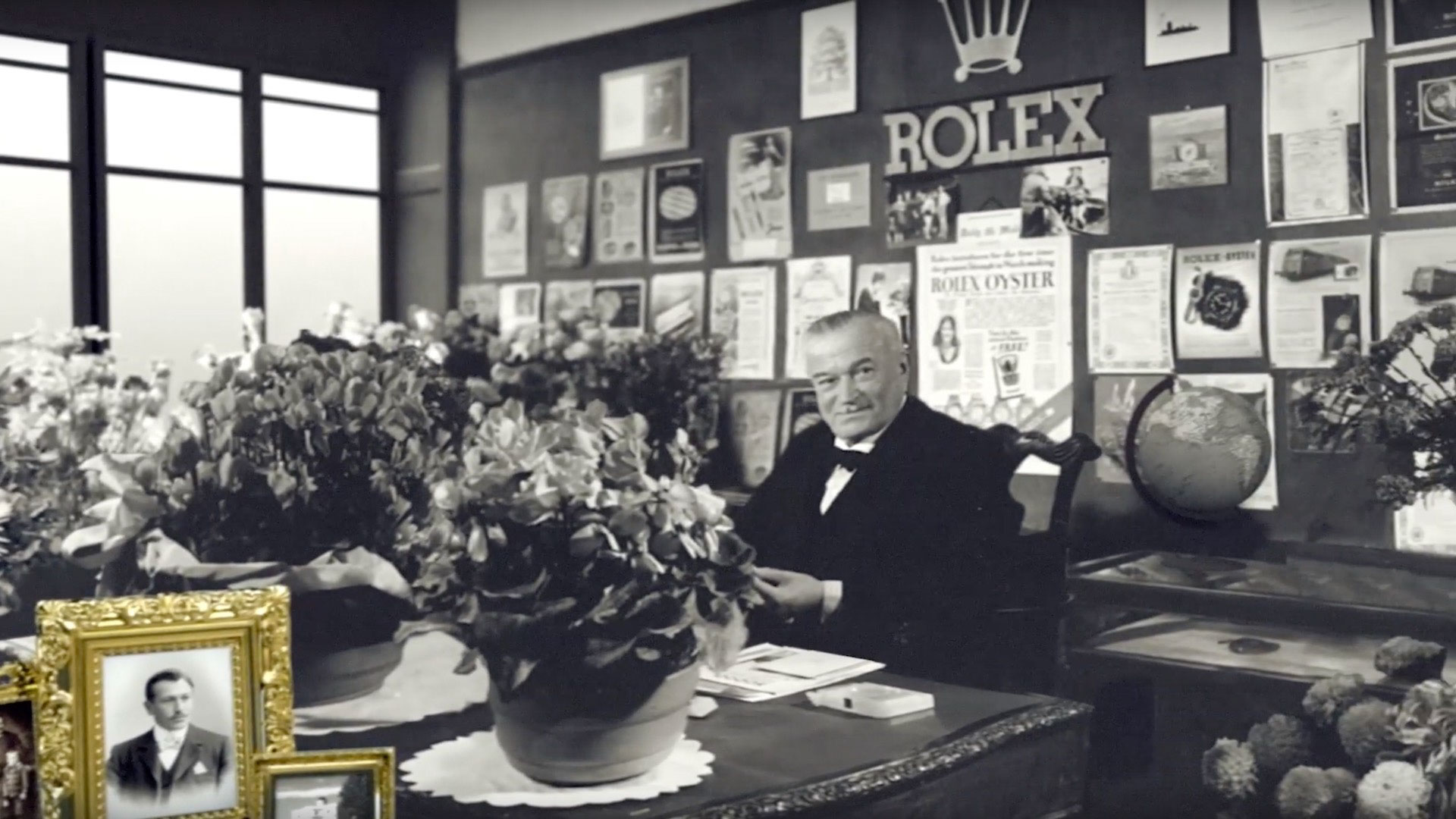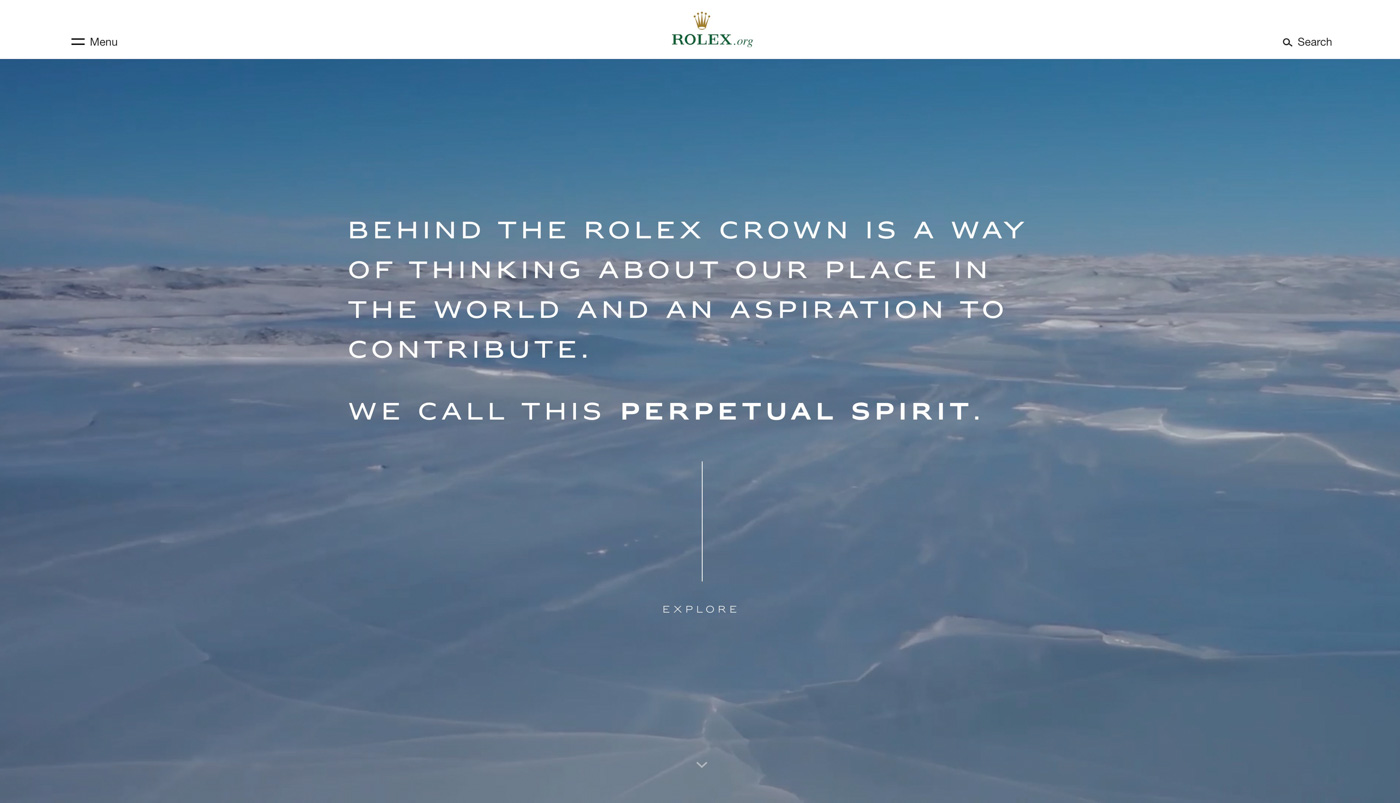
Today, Rolex launched its brand new Rolex.org website dedicated to better communicating the story and legacy of its founder, Hans Wilsdorf, as well as the company’s core values, cultural initiatives, and “founding spirit.” In line with the launch, Rolex published a 5-minute video about “The man behind the crown – Hans Wilsdorf,” a charming and insightful documentary about the story of Wilsdorf and his company, Rolex.
Separate from the company’s main website, Rolex.com, there are two pillars to the communication channels of Rolex.org: first, there is the pillar of the “founding spirit,” hallmarked by the term Perpetual. “Perpetual” in Rolex glossary refers to their Perpetual automatic winding rotor, as opposed to the more common understanding of the word in horology that refers to perpetual calendars – a complication Rolex does not produce. The other pillar is the philanthropic initiatives of the company, addressing the environment, science, and arts.
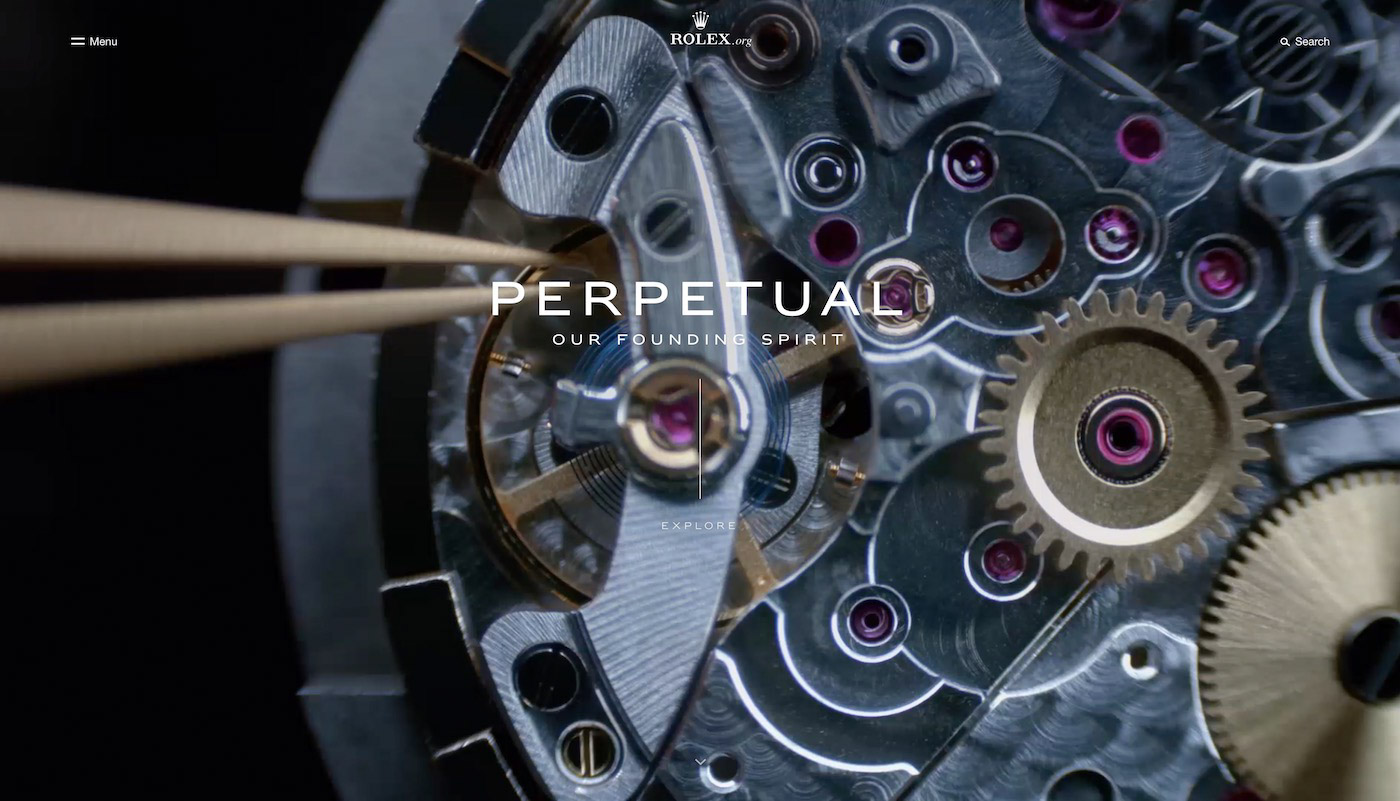
Let us begin with the founding spirit. Embellished with superlatives, the video tells the story of how Mr. Wilsdorf established his company by “starting to work with a Swiss manufacturer who was producing unusually compact watch movements” – with the pictures showing the buildings marked as Aegler S.A. The story goes that Wilsdorf later described the name Rolex had come to him one morning, while riding a London omnibus, when a genie had whispered “Rolex” in his ear – as he’d been searching for the perfect company name that was unique, yet easy to remember, sounded nice, and also looked great on a watch dial. I recommend watching the video because it brings one five minutes closer to better understanding the discreet – dare I say, secretive – world of Rolex. And if the video doesn’t suffice, be sure to check one of our most-read articles ever on 10 Things To Know About How Rolex Makes Watches here.
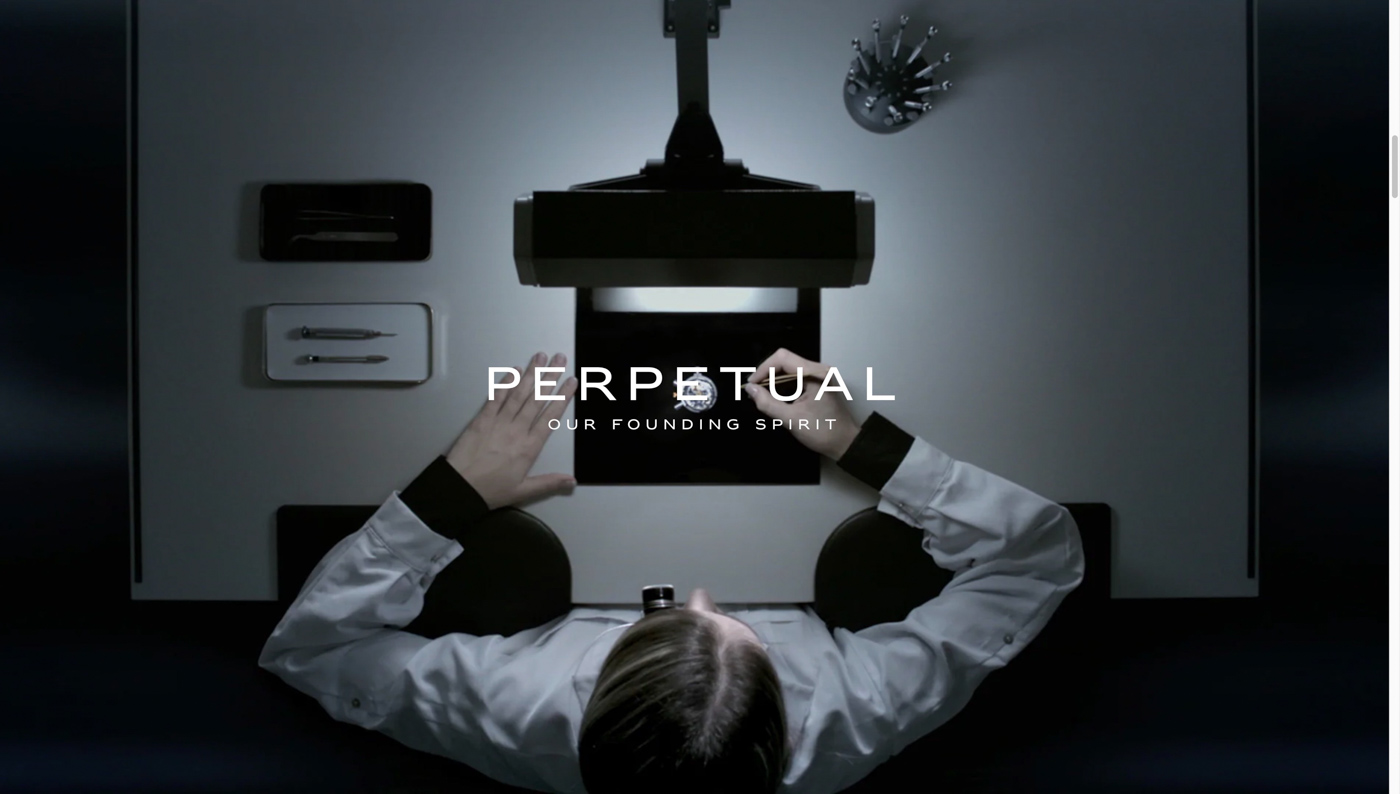
The point is that while Rolex does apparently try to open up a bit more and communicate its many fascinating and hitherto rather more obscure stories – more or less only known to those who have done a fair bit of research – it does maintain a certain level of the secrecy and mysteriousness that has at this point become a trademark of the company.
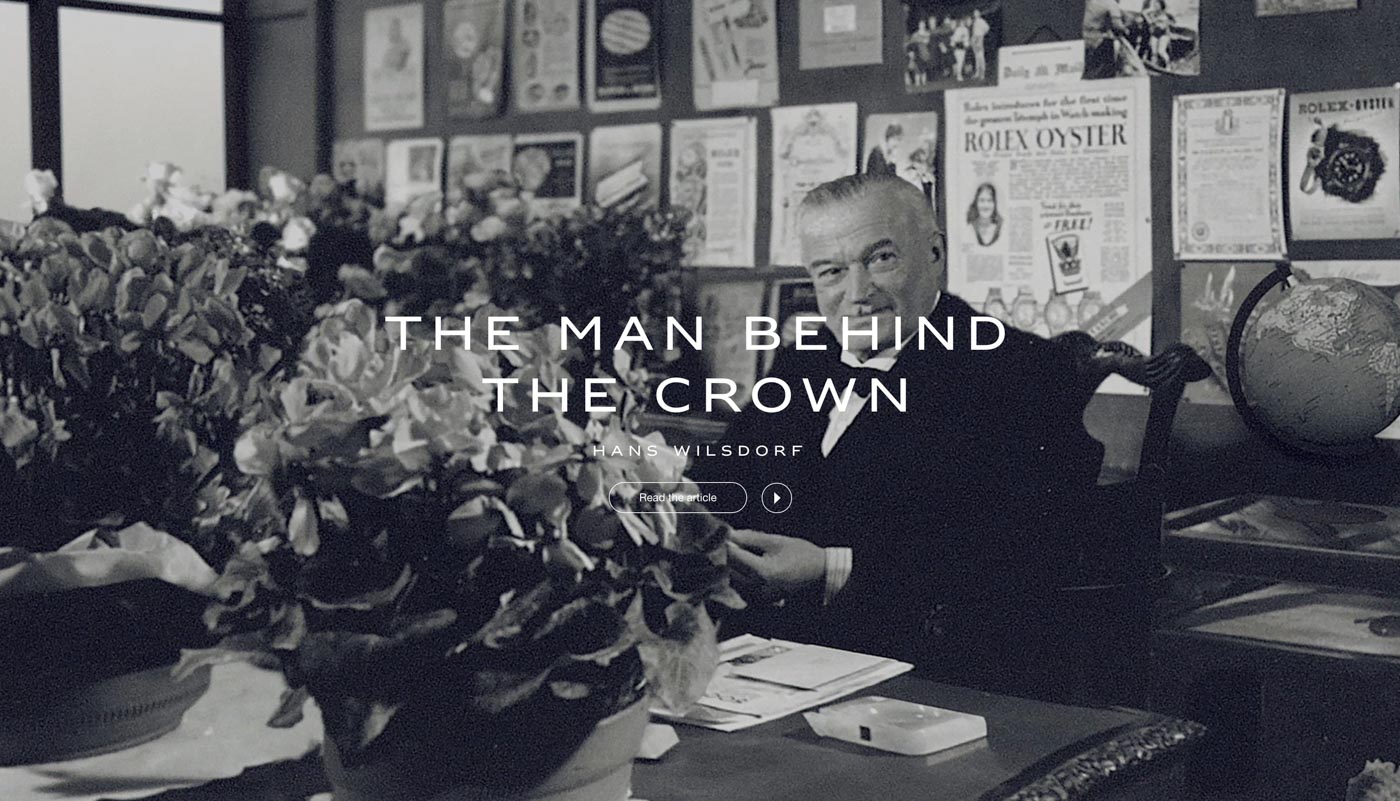
It isn’t a stretch to say that Rolex for long has stood above general industry practices in a good number of ways – marketing, manufacturing, quantities, direction, speed of product development, and so on. Everywhere you look, you’ll likely find one or more ways that Rolex stands out from the rest in its practices, situation, or positioning. One of these ways has been Rolex’s restraint in communicating too much about its past. Sure, the majority of its collections are based on watches designed up to and over half a century ago, but they have been considered to be the results of perpetual (there’s that word again) refinement and development, which they are, as opposed to being close-to-exact re-releases of their originals. On a personal note, I do appreciate and am greatly fascinated by Rolex’s chosen tempo and direction of self-development. Apparently, now the company thought it timely to start communicating more openly about its founding father and some of the earliest hallmarks of its history – the first waterproof wristwatch, their first wristwatch with automatic winding and a few others, with more to surely follow later.
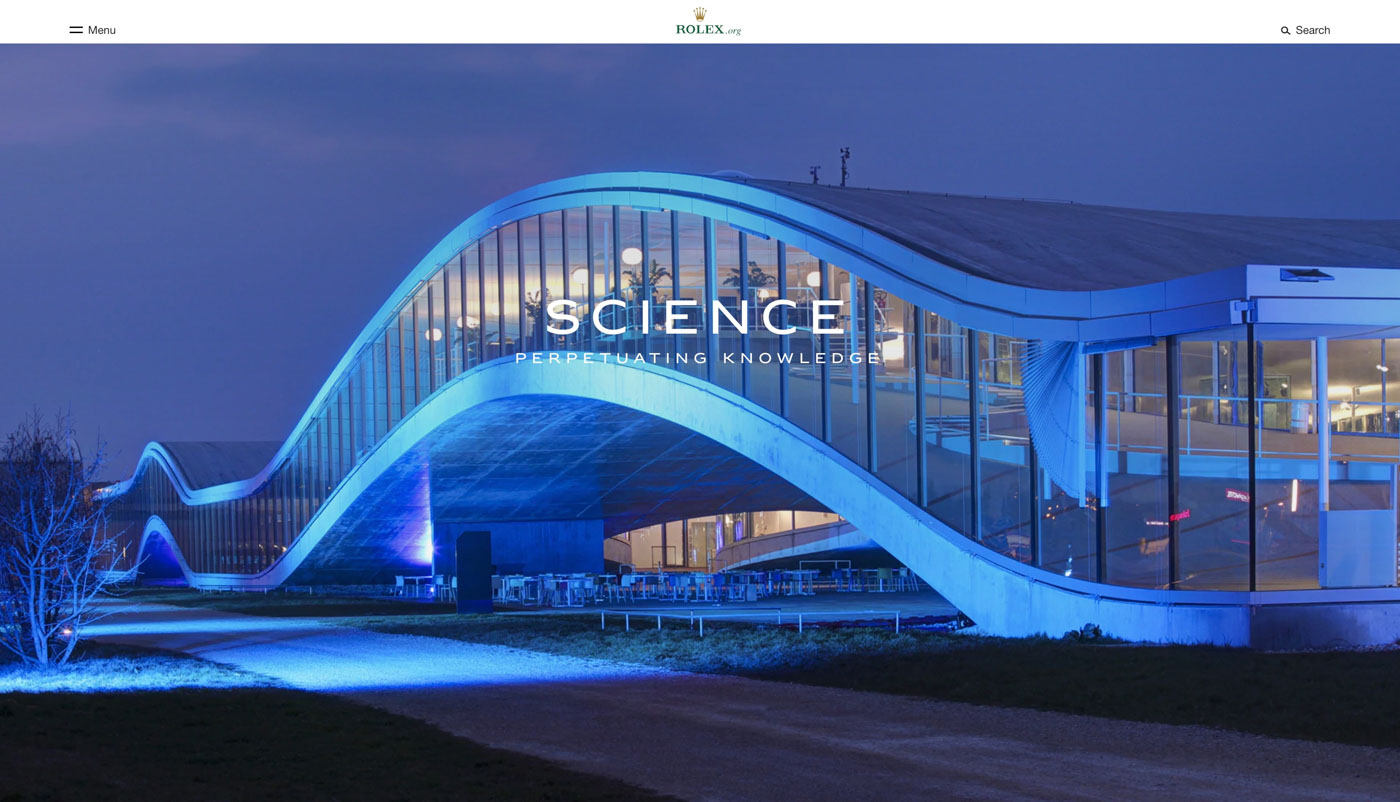
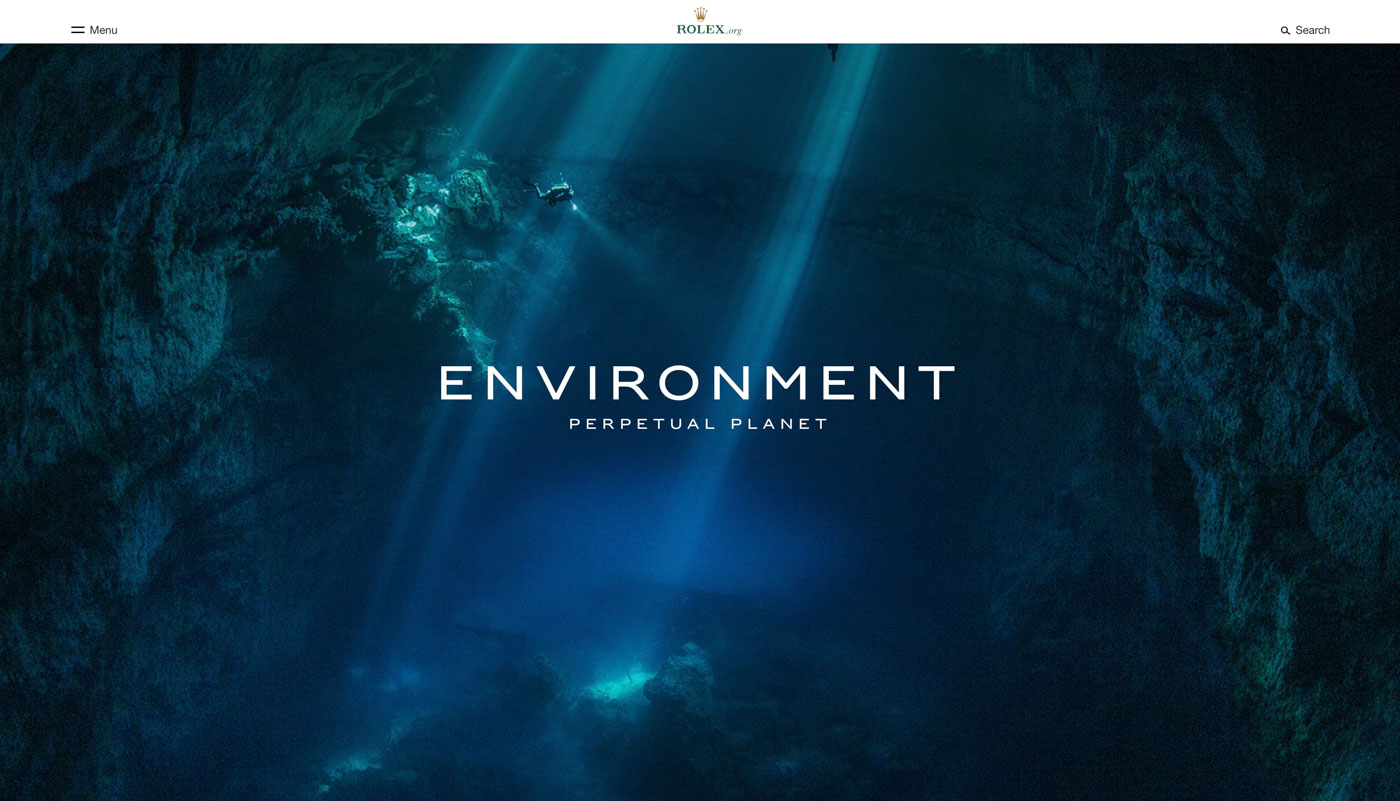
Rolex prides itself on its philanthropical efforts although, again, these make for another one of its more scarcely communicated sides. Rolex.org lists the “Environment – Perpetual Planet,” “Science – Perpetual Knowledge,” and “Arts – Perpetuating Culture” as its three main chapters. It all started with Rolex supporting Mercedes Gleitze with the Rolex Oyster waterproof watch – you can read more about her swim across the English channel and her cooperation with Rolex in my article about The History Of Dive Watches here.
Today, Rolex supports explorers, divers, photographers, architects, innovators, artists, and others as part of its “perpetual spirit […] seeking continuous improvement through human potential and always pushing boundaries.” About these partnerships and their achievements you can find dozens of articles on the new site telling their stories; all nicely illustrated as well as rather lengthy and detailed.

All in all, Rolex.org and that five-minute video provide some new information as well as a lot that had already been around, just much less openly shared with the greater public. Getting to know Rolex a bit better is always a privilege to those like me who are fascinated by this industry giant; one that stands above the industry in a number of important ways – and does not, in some others.

